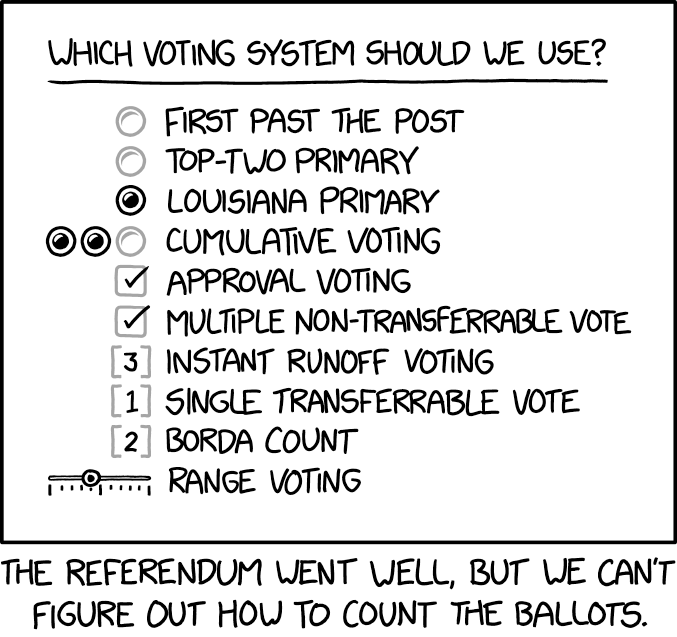...at least that's the argument made in this article (full of nitty gritty detail) at Vanity Fair:
“IT’S, LIKE, LAWLESS”: HOW PRIVATE-EQUITY HEADHUNTERS ARE BLEEDING WALL STREET
In the battle for young talent, investment banks have been reduced to prep schools for private equity. Inside the cutthroat recruiting process launching the next generation of the superrich—and what it reveals about the status realignment rocking Wall Street.
BY WILLIAM D. COHAN
"The recruitment calendar keeps accelerating. Two years before he started at Morgan Stanley, the former analyst said, the private-equity vultures began circling the investment banks in March. The following year, recruiting began in April. Today, analysts who begin at Morgan Stanley in August are being courted by private-equity firms in mid-September—just weeks after they arrive.
"This super-charged dynamic can make for very odd interviews. “It’s so accelerated. Basically what you’re doing at the private-equity firm is you are saying, First of all, can this person hold a conversation?” the former analyst says. After that, the private equity people want to know what members of the new class are specializing in, and at which Wall Street bank. “Kids that are working in the mergers and acquisitions group at Morgan Stanley are probably going to get a great experience 8 times out of 10,” he explains. “Nine times out of 10. So I will want to interview those people that I consider to be in good groups at strong banks, where I hope and I assume that they are going to get the experience that they need that, by two years from now, when they come in the door, they are educated and their analytical skills and financial skills are up to snuff.”
...
"Somewhat surprisingly, most firms don’t seem to object. Rather, they have come to grips with the reality of the situation, even if they don’t like it, and recognize that they risk not getting the analysts at all if they put up too much of a stink. Some firms even encourage the analysts to go to private-equity firms—because that gives them a better chance of getting the very best college graduates. A partner at one firm even went to bat for one of the analysts who made it through the second round of recruiting at a big private-equity firm, but did not make it to the final round. The partner called up someone he knew at the private-equity firm and got the analyst back into the process. He got the job. “It’s like, I’m going to get you whatever job you want, but you’re going to bust your balls for me for the next two years,” the partner tells me.
"One young banker who got an offer from Blackstone recalled the supportive response when he walked into a partner’s office to share the good news. “He said, ‘That’s great. I’ve got to do a good job training you so that Jon Gray’”—Blackstone’s new president and chief operating officer—“‘thinks that I did a good job with you.’” (There is one exception to this good humor: Goldman Sachs, which has a three-year analyst program. “If they find out you are recruiting, they’re going to fire you,” says one analyst. “It’s official policy.” A Goldman spokesman says while that is true, some of their analysts still get recruited away from the firm.)".
************
Earlier post:
“IT’S, LIKE, LAWLESS”: HOW PRIVATE-EQUITY HEADHUNTERS ARE BLEEDING WALL STREET
In the battle for young talent, investment banks have been reduced to prep schools for private equity. Inside the cutthroat recruiting process launching the next generation of the superrich—and what it reveals about the status realignment rocking Wall Street.
BY WILLIAM D. COHAN
"The recruitment calendar keeps accelerating. Two years before he started at Morgan Stanley, the former analyst said, the private-equity vultures began circling the investment banks in March. The following year, recruiting began in April. Today, analysts who begin at Morgan Stanley in August are being courted by private-equity firms in mid-September—just weeks after they arrive.
"This super-charged dynamic can make for very odd interviews. “It’s so accelerated. Basically what you’re doing at the private-equity firm is you are saying, First of all, can this person hold a conversation?” the former analyst says. After that, the private equity people want to know what members of the new class are specializing in, and at which Wall Street bank. “Kids that are working in the mergers and acquisitions group at Morgan Stanley are probably going to get a great experience 8 times out of 10,” he explains. “Nine times out of 10. So I will want to interview those people that I consider to be in good groups at strong banks, where I hope and I assume that they are going to get the experience that they need that, by two years from now, when they come in the door, they are educated and their analytical skills and financial skills are up to snuff.”
...
"Somewhat surprisingly, most firms don’t seem to object. Rather, they have come to grips with the reality of the situation, even if they don’t like it, and recognize that they risk not getting the analysts at all if they put up too much of a stink. Some firms even encourage the analysts to go to private-equity firms—because that gives them a better chance of getting the very best college graduates. A partner at one firm even went to bat for one of the analysts who made it through the second round of recruiting at a big private-equity firm, but did not make it to the final round. The partner called up someone he knew at the private-equity firm and got the analyst back into the process. He got the job. “It’s like, I’m going to get you whatever job you want, but you’re going to bust your balls for me for the next two years,” the partner tells me.
"One young banker who got an offer from Blackstone recalled the supportive response when he walked into a partner’s office to share the good news. “He said, ‘That’s great. I’ve got to do a good job training you so that Jon Gray’”—Blackstone’s new president and chief operating officer—“‘thinks that I did a good job with you.’” (There is one exception to this good humor: Goldman Sachs, which has a three-year analyst program. “If they find out you are recruiting, they’re going to fire you,” says one analyst. “It’s official policy.” A Goldman spokesman says while that is true, some of their analysts still get recruited away from the firm.)".
************
Earlier post:






